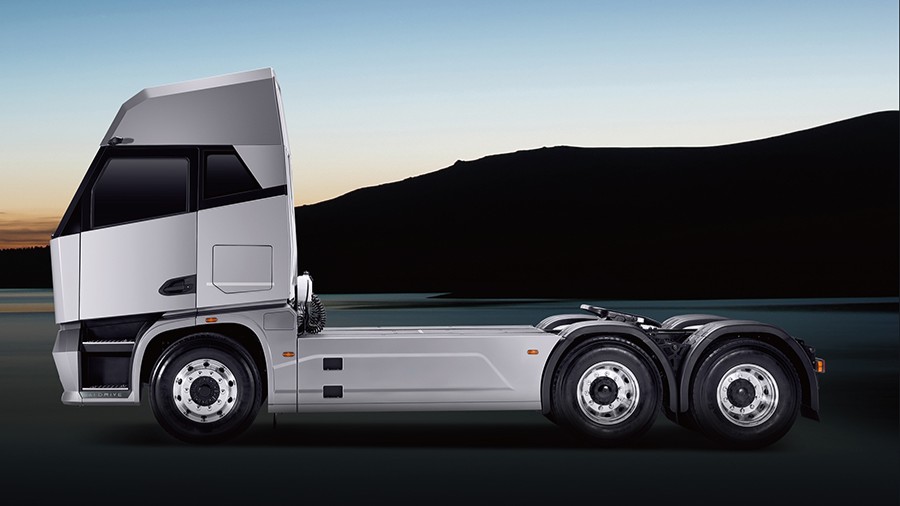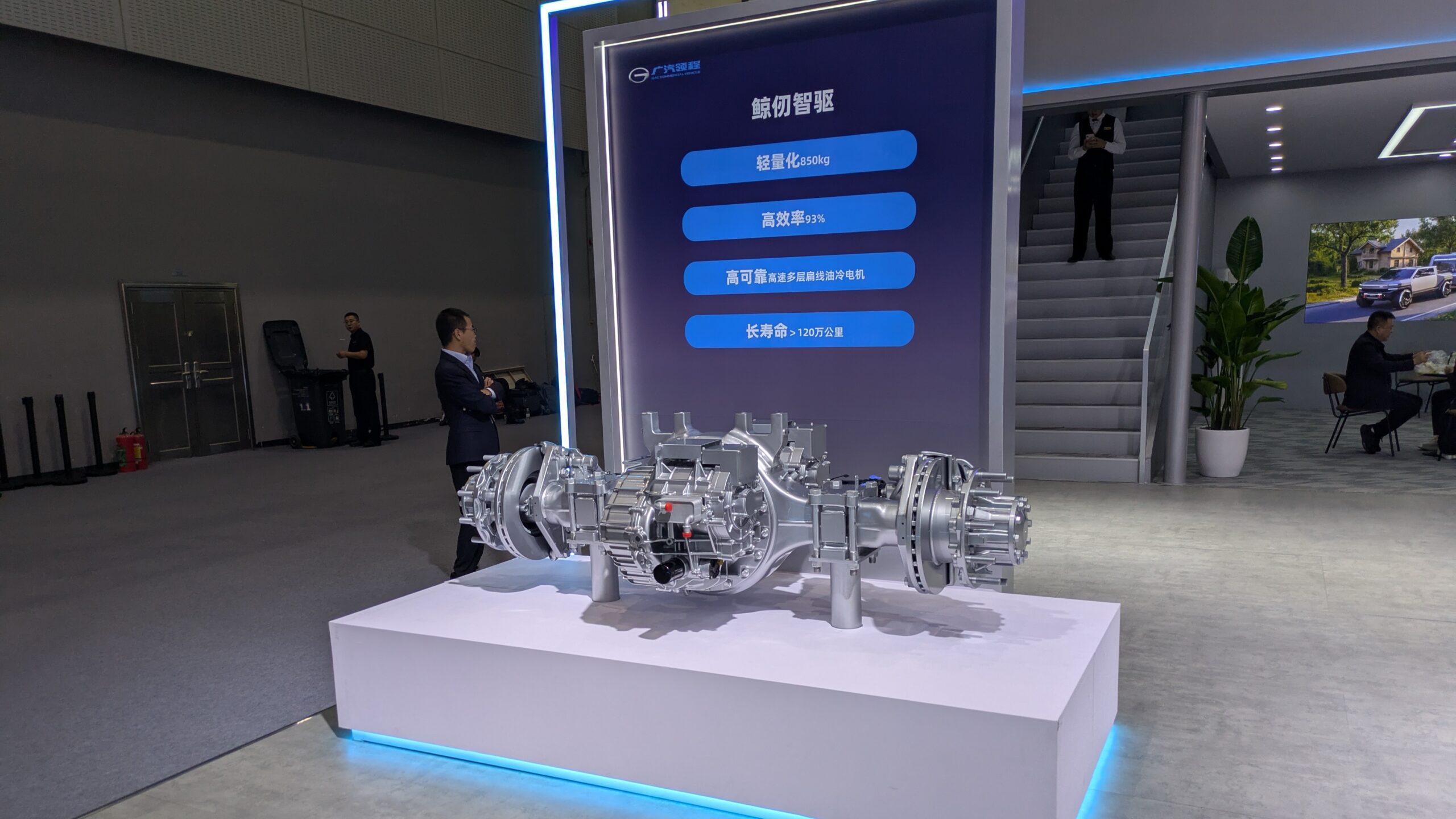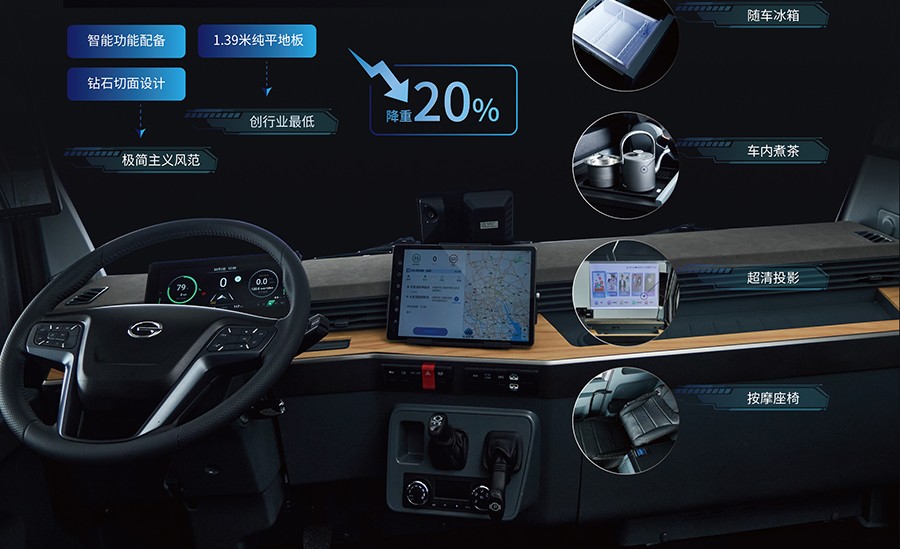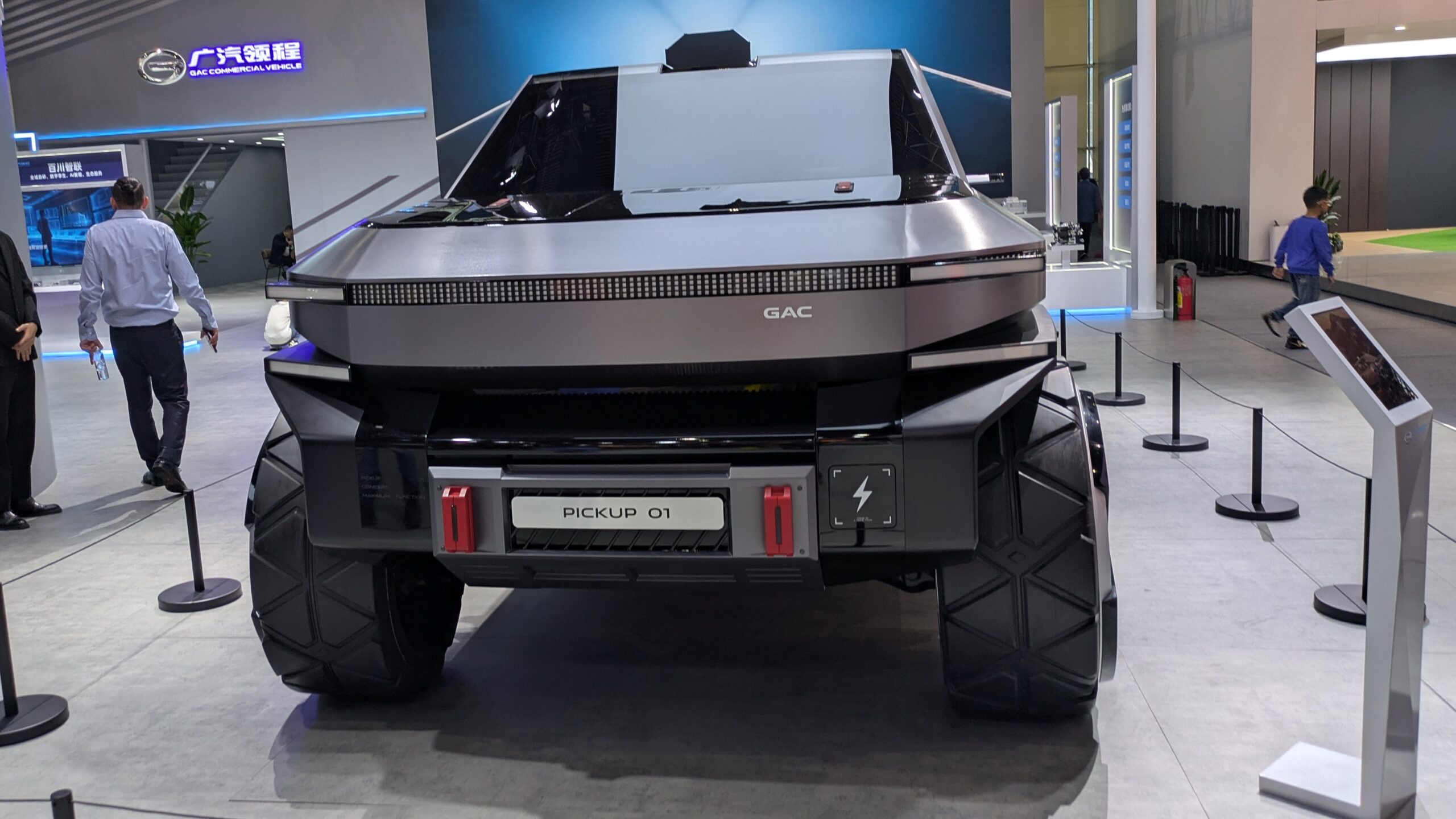Support CleanTechnica’s work through a Substack subscription or on Stripe.
Having been in Guangzhou last week, I wanted to give some firsthand context to Michael Barnard’s excellent article: China’s BEV Trucks and the End of Diesel’s Dominance. Overall, the heavy trucks that I saw on the road lagged passenger cars in electrification. Roughly 4 out of 5 cars had green plates (signifying NEVs), but many trucks were still diesel. The city buses were electric, but the shuttle buses we rode on were still ICE.
In asking why this was the case, I heard that much of it had to do with local automaker GAC (Guangzhou Automobile Corporation) and their joint ventures with Toyota and subsidiary Hino. Looking at the diesel vehicles that were still on the road, almost all of them were from one of these brands. Many truck buyers in Guangzhou were mentioned to have a strong preference for the locally produced vehicles. As many CleanTechnica readers know, Toyota has been a bit of a laggard in the transition to EVs, and this influenced the commercial product mixup until recently.
However, GAC bought out Toyota subsidiary Hino from its JV partnership last year and formed GAC New Energy Commercial Vehicle Co., Ltd. In the process, the product shifted from legacy diesel powertrains to new, fully electric powertrains.
Attending Auto Guangzhou is like drinking from a firehose. With over a thousand vehicles, there was a lot to look at, and I had limited time on the show floor. It takes a while to unpack, especially when materials are in Chinese and need translation. But GAC’s T9 semi physically towered over the other vehicles at the show.
The T9 features an all-new EV-specific platform. No mention was made of battery swap, but it seemed like a possibility for the modules mounted to the side of the frame. Based on translated materials at the show, the truck offers a range of 330 km, with an efficiency of 1.1 kWh per km and a 400 kWh battery. Charging from 20–80% takes less than 45 minutes. Integrated thermal management lets the battery operate normally from a claimed -35°C (-31°F) to 65°C (149°F). The LFP battery is also claimed to be optimized for long life with “1.5 million kilometers of actual mining roadmap.”

Effort has gone into lightweighting, with only 8.9T of the total 49T GCWR coming from the vehicle itself, claimed to be the lightest in the industry. This is due to a “composite material skin, steel-aluminum hybrid frame, high-strength steel cab” with “CAE topology optimization design of chassis components.” The drag coefficient of the flat nose truck is 0.4, which is impressively close to the much longer Tesla Semi at a claimed 0.36 in its most efficient configuration. However, semis are limited to 80 km/h (50 mph) on national highways, and up to 100 km/h (62 mph) on some expressways in China, which reduces the impact of aerodynamics compared to the much higher speeds in the US.

Up to 35,000 Nm of torque is offered from each of its two rear axles, for up to 530 kW of power total at a claimed 92% efficiency.

On industry day, when I made it to the display, several people brought their kids, who were lined up to get a seat in the massive vehicle. As such, I didn’t have time to get inside. But the interior images give the impression of a far more comfortable vehicle than you might expect. ADAS systems feature Automatic Emergency Braking (AEBS), Lane Departure Warning System (LDWS), and Forward Collision Warning (FCW).

The semi clearly prioritizes form over function, but the T9 still looked futuristic. However, GAC’s truck division also showed the Pickup 01 at the show. This clearly put more emphasis on styling, looking somewhat like an enlarged, ruggedized Cybertruck on steroids. Overall, I expect the pickup to have far less impact on reducing emissions and limited sales in China, but it was still fun to see.
GAC is likely a truck brand that few have heard of in the West. However, they made a significant move toward electrification, while distancing themselves from Toyota’s diesels. With GAC’s shift, in combination with the rapid EV adoption at other truck brands, I expect to see far fewer diesel trucks on the road in future visits to China.
Sign up for CleanTechnica’s Weekly Substack for Zach and Scott’s in-depth analyses and high level summaries, sign up for our daily newsletter, and follow us on Google News!
Have a tip for CleanTechnica? Want to advertise? Want to suggest a guest for our CleanTech Talk podcast? Contact us here.
Sign up for our daily newsletter for 15 new cleantech stories a day. Or sign up for our weekly one on top stories of the week if daily is too frequent.
CleanTechnica uses affiliate links. See our policy here.
CleanTechnica’s Comment Policy




